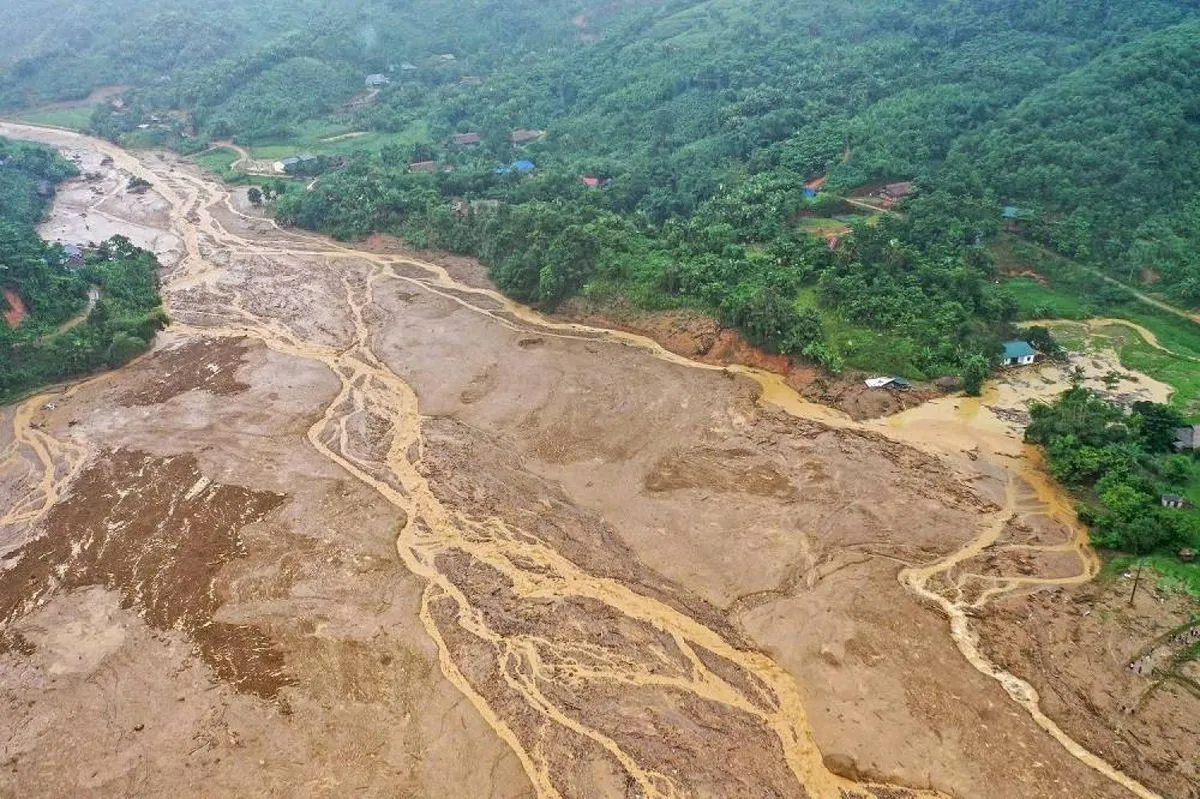In the aftermath of Typhoon Yagi, Hanoi continues to grapple with severe flooding as water levels in the Red River, also known as Sông Hồng, remain elevated. The Vietnamese government's weather agency reports that flood levels are expected to persist until at least September 13, 2024, leaving several areas of the capital inundated.
The recent typhoon, which made landfall on September 7, 2024, has had devastating consequences across Vietnam. The country's disaster management agency confirms that the death toll has reached 181, with an additional 141 individuals still unaccounted for. This tragic event underscores Vietnam's vulnerability to natural disasters, particularly during the monsoon season from May to October.
"High flooding water levels have flooded riverside and low-lying areas, eroded dykes and threatened parts of Hanoi" and other northern provinces.
The impact of the flooding extends beyond Hanoi, affecting other northern provinces as well. Authorities have implemented emergency measures, including the evacuation of thousands of residents from areas near the swollen Red River. The current water levels are reported to be the highest in two decades, highlighting the severity of the situation.
Further north of Hanoi, the mountainous regions continue to face the threat of deadly landslides, as reported by state media. This ongoing risk emphasizes the complex challenges posed by the diverse terrain of Vietnam, where the combination of heavy rainfall and steep slopes creates hazardous conditions.
The Red River, which flows through Hanoi, is a critical waterway in northern Vietnam and southern China, with its basin covering approximately 169,000 square kilometers. The Red River Delta, one of Vietnam's most densely populated areas, is particularly vulnerable to flooding events.
Hanoi's flood control system, which includes dykes, pumping stations, and retention basins, is being put to the test by this extreme weather event. The city's authorities are closely monitoring the river's water levels and working to mitigate the impact on residents and infrastructure.
As Vietnam faces the immediate aftermath of Typhoon Yagi, the long-term implications of such disasters on the country's economy and development are significant. The government has been implementing measures to improve resilience, including early warning systems and reforestation programs to mitigate landslide risks.
Climate change experts warn that the frequency and intensity of typhoons in Southeast Asia may increase in the future, underscoring the need for continued investment in disaster preparedness and climate adaptation strategies. As Hanoi and the surrounding regions work to recover from this latest calamity, the focus remains on protecting lives and building long-term resilience against future natural disasters.
